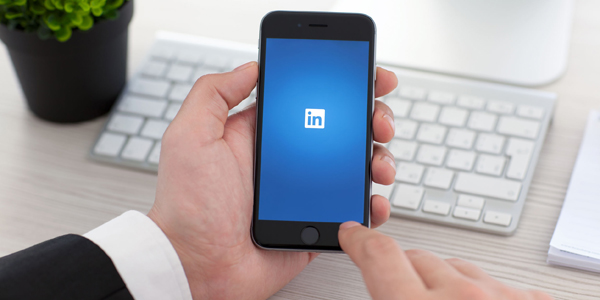|
LinkedIn has become an invaluable career tool, with over 610 million users worldwide and thousands of recruiters searching user profiles every day. According to the Recruiter Nation Study, around 87% of recruiters find LinkedIn the most effective way to evaluate prospective candidates, compared to 43% who use Facebook and 22% who use Twitter. As competition ramps up and hiring becomes far more competitive, recruiters are increasingly looking for new ways to acquire talent. Lucinda Pullinger, Global Head of HR at Instant Offices, explains why learning how to use LinkedIn to your advantage could lead to valuable new opportunities. In 2018, there were more job openings in the US than people to fill them, with a study reporting 6.3 million unemployed people versus 6.9 million open jobs. It is expected that by 2020, automation and big data will shape the way recruiters will hire and according to the Global Talent Trends Report, these are the top considerations: Soft Skills – 91%Hard skills refer to tangible abilities relating to qualifications or experience, like accounting or copywriting. Soft skills are more about general disposition and character, like how someone creatively solves a problem, deals with stress or works in a team. 91% of recruiters say soft skills matter as much or even more than hard skills. Work Flexibility – 72%Remote working and flexible hours have become increasingly popular global workplace trends, and 72% of recruiters say companies use these perks to attract talent. Employees who are self-motivated, flexible and able to communicate effectively will stand out when it comes to hiring. Recruiters rely heavily on LinkedIn to source and further investigate job applicants, which means knowing how to use it to its full potential is vital when it comes to getting ahead of the pack in this digital age. LinkedIn can also help users build authority within their industry and develop a strong and relevant professional network. To help you achieve this, we’ve compiled a comprehensive guide to mastering LinkedIn, and subsequently, your career. LinkedIn Etiquette Best PracticeEven though LinkedIn interactions take place online, it’s vital to remember that you are dealing with real people and developing real relationships. The strongest relationships are generally a result of consistent, genuine effort and communication over time. This informs etiquette in real life as well as etiquette online, including on LinkedIn. Play by the rules: Be familiar with the purpose of the platform and use it accordingly. Your tone, how you approach and relate to people, as well as what you share, all play a part in determining how successful you will be on LinkedIn. Always @respond: Using the @ before a person’s name when responding to comments on your Page or in Groups helps to keep discussions clear and directed. Be genuine and personal: Being intentional and going the extra mile communicates to others that you genuinely care about and take an interest in them. Recommendations: You should only ever ask for recommendations from people you know well, and can provide you with genuine, credible recommendations. Always check a user’s contact policy: Always be sure to look at somebody’s profile for any specific requests about messages. Some people have preferences concerning who contacts them, and how they do so. Turn off your activity during profile updates: If you don’t, you will effectively bombard all your connections with loads of unnecessary updates. Congratulate people properly: LinkedIn tells you when people begin at a new position or celebrate a work anniversary. If you’re going to congratulate them, do it properly and send them a short, meaningful message as opposed to a generic “congrats”. To network effectively you need to show some effort. Endorse others: Make a point of endorsing those you have worked closely with. It goes a long way. Provide recommendations: Be generous with the number of recommendations you give but be honest in what you say. If you are too busy to respond to every recommendation request, consider asking the connection making the request to write it themselves and have you approve it. Send a great recommendation request: When asking for recommendations or buying connections, be as specific as possible. The more information you share, the easier you make it for your connection to give you a great recommendation. Always say thank you: It takes time and effort to recommend people on LinkedIn, both of which are often in short supply. A little ‘thank you’ goes a long way. Send anyone who recommends you a personal message to thank them for recommending you, or consider returning the favour by writing a recommendation for them. If you aren’t yet on LinkedIn, or haven’t been giving the platform the attention it deserves, now is the time to brush off those rusty passwords and set both yourself, and your LinkedIn profile, up for success.
Lucinda Pullinger is Global Head of HR at Instant Offices. |




